Environmental and Reliability Testing are critical methodologies in product testing and evaluation, each with distinct approaches and objectives. Let’s delve into the nuances between these testing methods to understand their roles in ensuring product quality and performance.
Key Differences Between Environmental and Reliability Testing
1. What Are The Differences In Testing Purposes Between Environmental Testing and Reliability Testing?
Environmental testing primarily assesses a product’s adaptability to its surroundings and verifies if it meets contractual requirements, aiding in acceptance or rejection decisions.
Reliability testing quantitatively evaluates the probability of a product completing its specified function under predetermined environmental conditions within a defined timeframe, providing insights into its long-term reliability.
2. Difference in the Number of Environmental Stressors Used Between Reliability Testing and Environmental Testing:
Environmental Testing: Utilizes numerous stressors, ranging from temperature and humidity to vibration shock and solar radiation, with tests often being destructive.
Reliability Testing: Focuses on comprehensive stress tests, combining fewer environmental stressors (e.g., temperature, humidity, vibration) with electrical stress to simulate real-world usage conditions.
3. Guidelines for Selecting Stress Levels:
Environmental Testing: Employs extreme conditions that the product may encounter over its lifecycle, often disregarding the working state of the product.
Reliability Testing: Utilizes accelerated testing to simulate dynamic changes during storage, transportation, and usage realistically, aiming to assess long-term reliability without causing damage.
4. Type of Experiment:
Environmental testing involves single-factor or multi-factor combination experiments, applied sequentially to the product.
Reliability Testing:** Employs comprehensive stress tests simultaneously, mimicking real-world environmental conditions to enhance accuracy and reliability.
5. Test Duration:
Environmental Testing: Test duration varies based on selected tests and procedures but tends to be shorter than reliability tests.
Reliability Testing: Duration depends on reliability indicator values and statistical test plans, with completion determined by specified operational hours or acceptance criteria.
6. Main Types of Environmental Tests:
1. Climate Environment Testing:
includes temperature testing, humidity testing, shell protection grade testing, three-proof testing, and special testing such as low pressure and solar radiation testing.
2. Mechanical Environment Testing:
encompasses vibration testing, impact testing, and other tests like drop testing and acceleration testing to evaluate mechanical durability.
3. Comprehensive Environmental Reliability Testing:
combines temperature, humidity, and vibration testing to simulate realistic usage conditions and assess product reliability over time.
Standards for Environmental and Reliability Testing:
Cover a wide range of tests based on domestic and international standards such as GJB, GB, GB/T, IEC, ISO, EN, MIL-STD, SAE, ASTM, ISTA, JIS, IPC, JEDEC, GM, NISSAN, and relevant military standards.
7. Environmental and Reliability Test Standards Overview
01 Climate Environmental Testing
| High-Temperature Test | GB/T 2423.2 IEC 60068-2-2 EIA-364-17 |
| Low-Temperature Test | GB/T 2423.1 IEC 60068-2-1 EIA-364-59 |
| Rapid Temperature Change Test | GB/T 2423.22 IEC60068-2-14 |
| Thermal Shock Test | GB/T 2423.22 IEC60068-2-14 EIA-364-32 |
| Constant Temperature and Humidity Test | GB/T 2423.3 IEC 60068-2-78 MIL-STD-202 |
| Temperature Variation Test | GB/T 2423.22 IEC60068-2-14 |
| Alternating Humidity Test | GB/T 2423.4 IEC 60068-2-30 |
| Temperature and Humidity Combination Cycle Test | GB/T 2423.34 IEC60068-2-38 MIL-STD-202 |
| Salt Spray Test | GB/T 2423.17 IEC 60068-2-11 GB/T 10125 |
| IP Rating Test | IEC 60529 GB/T 4208 IEC 60598 |
| UV Test | ISO 4892.3 GB/T 16422.3 ASTM G 154 … |
| Xenon Lamp Test | ISO 4892.2 GB/T 16422.2 ASTM G 155 … |
| Gas Corrosion Test | EIA-364-65 GB/T 2423.51 IEC 60068-2-60 … |
| Low Pressure Test | GB/T 2423.21 IEC 60068-2-13 |
| Ozone Aging Test | GB/T 7762 ISO 1431-1 |
| High Pressure Steaming Test | JESD22-A102-C JESD22-A110B JESD22-A118 |
02 Mechanical Testing
| Vibration Test | GB/T 2423.56 IEC 60068-2-64 ASTM D4728 … |
| Shock Test | GB/T2423.5 IEC60068-2-27 EIA-364-27 … |
| Bump Test | IEC 60068-2-27 GB/T 2423.6 GB/T 4857.20 |
| Drop Test | GB/T 2423.8 ISO 2248 GB/T 4857.5 |
| RCA Tape Friction Test | ASTM F 2357 |
| Alcohol, Rubber, Pencil Friction Test | GB/T 6739 ASTM D 3363 |
| Contact Resistance Test | EIA-364-23 EIA-364-06 MIL-STD-202 |
| Insulation Resistance Test | EIA-364-21 MIL-STD-202 |
| Voltage Withstand Test | EIA-364-20 MIL-STD-202 |
| Grid Test | ASTM D 3359 |
| Insertion and Extraction Force Test | EIA-364-13 |
| Durability Test | EIA-364-09 |
| Wire Swing Test
|
EIA-364-41 |
03 Comprehensive Testing
| Vibration/Temperature/humidity test | GB/T 2423.35 GB/T 2423.36 |
| HALT/HASS | / |
| Packaging Product ISTA Tests | 1A,1B,1C,1D,2A,2B,2D,2E |
In conclusion, while both reliability testing and environmental testing are essential for evaluating product performance and quality, they differ significantly in their methodologies and objectives. Understanding these distinctions is crucial for manufacturers seeking to ensure the reliability and durability of their products across various environmental conditions. For comprehensive environmental and reliability testing solutions tailored to your product needs, visit Linkotest.


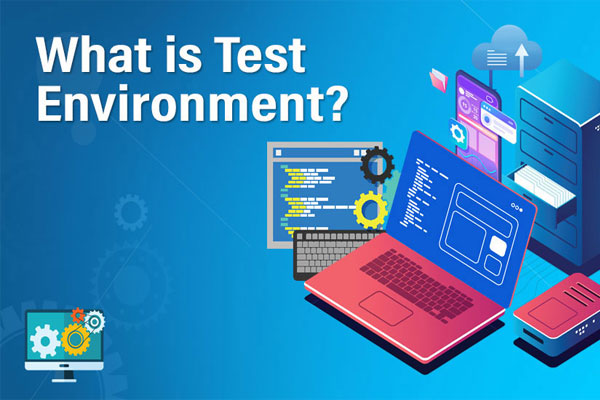
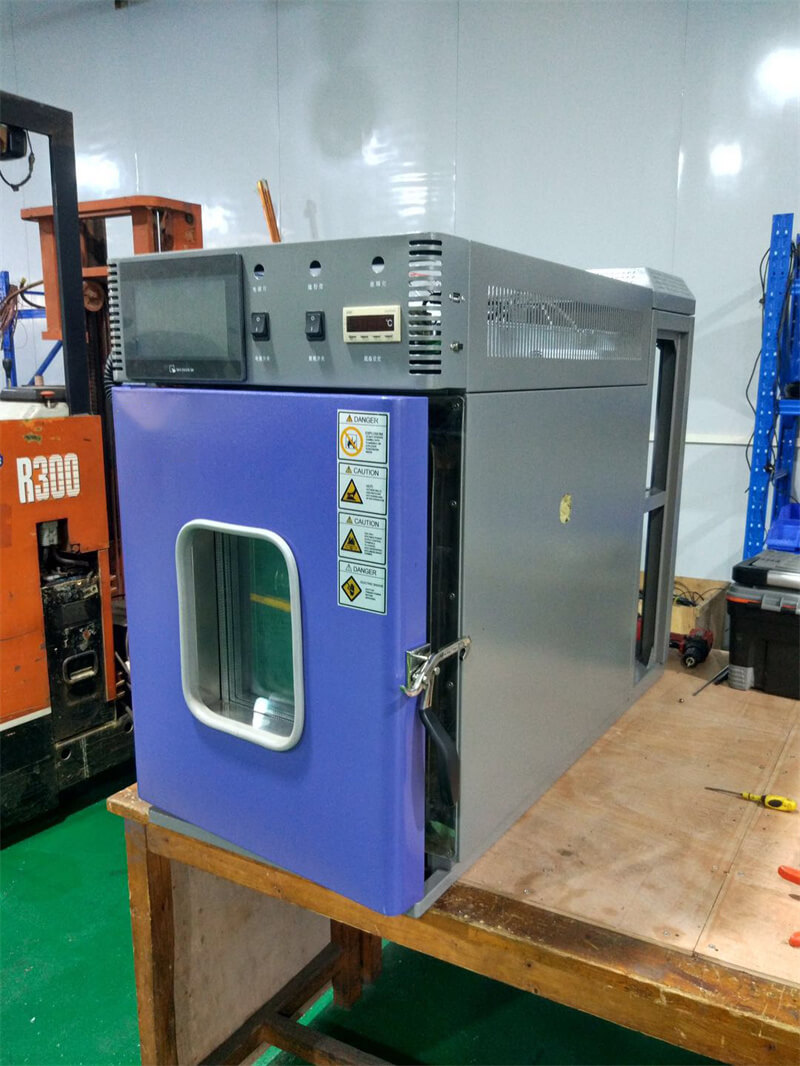
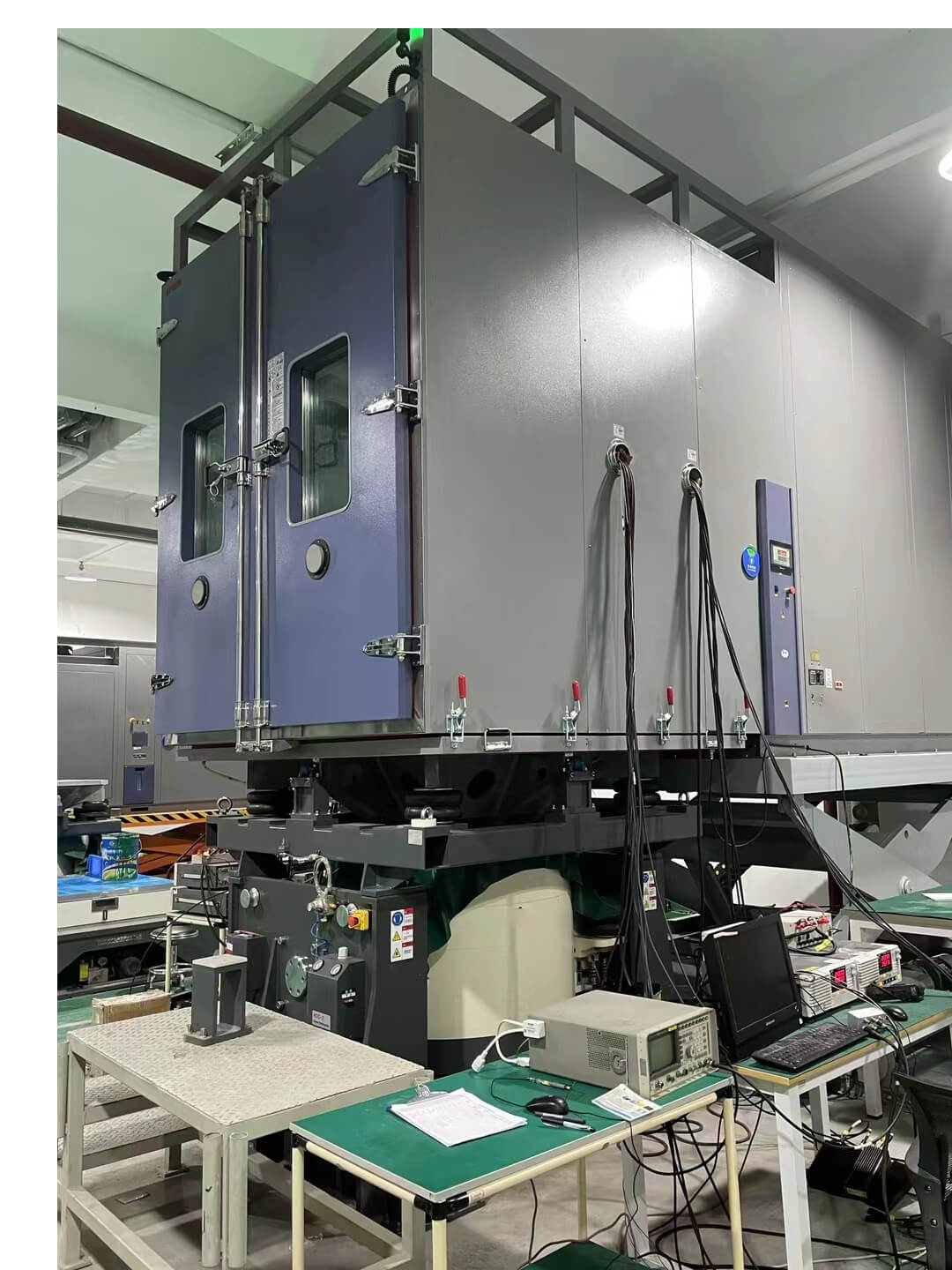
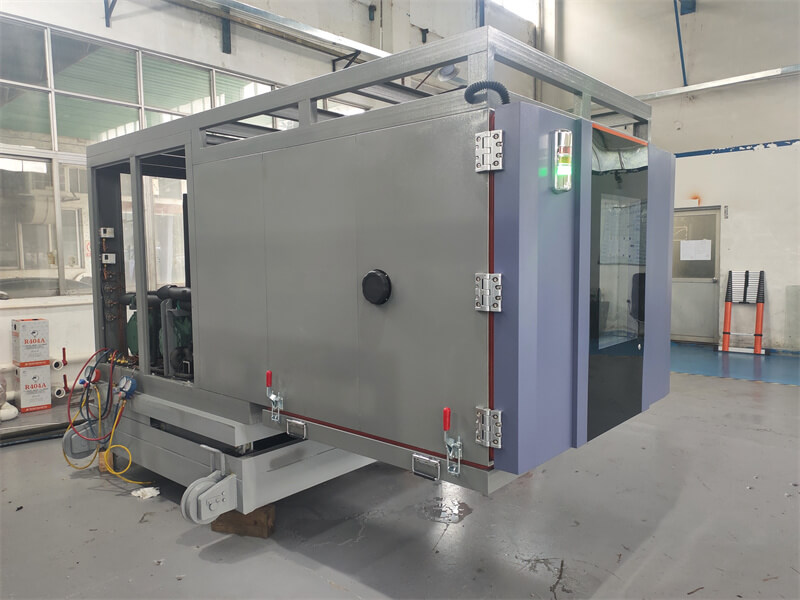
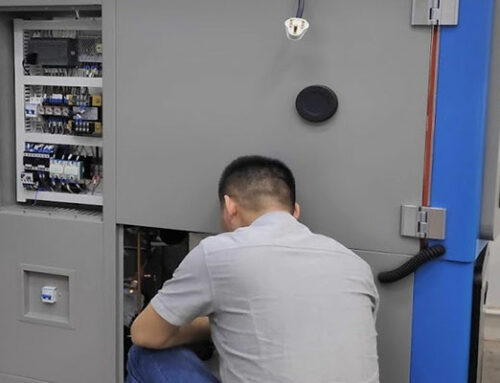


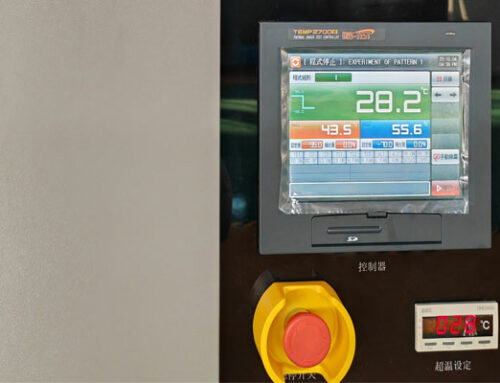
Leave A Comment